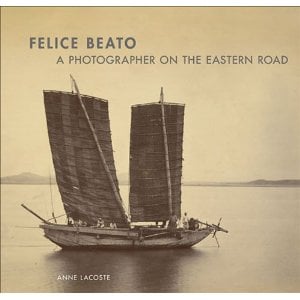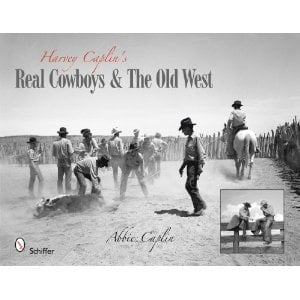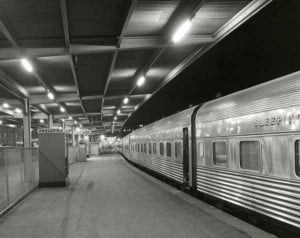Even in its earliest days when it was often seen as a “mere mechanical” process, photography was producing images of startling artistry and sophistication, as well as capturing worlds that were slowly (and sometimes rapidly) vanishing. As Susan Sontag says in Regarding the Pain of Others: Because an image produced with a camera is, literally, a trace of something brought before the lens, photographs were superior to any painting as a memento of the vanished past and the dear departed.
Felice Beato : a photographer on the Eastern road by Anne Lacoste

J. Paul Getty Museum, 2010
Venetian born British photographer Felice Beato spent a large part of his adult life living and working in Asia, and his beautiful images of people and places in India, China, Burma, Korea and Japan in the second half of the 19th century have frozen in time places that were only just beginning to open up to Western visitors. As a pioneering photojournalist he also found himself in the thick of a number of conflicts, and his unflinching images of the ravages of war still have the power to shock and appal.
Railroad vision : photography, travel, and perception by Anne M. Lyden

J. Paul Getty Museum, 2003
This terrific book explores the ongoing love affair between photography and railroads, established in the 19th century when both developments took hold and transformed people’s perceptions of place, travel and time. Some classic images here (the always splendid O.Winston Link), as well as some remarkable 19th century photos that really show the impact this new form of transport was having on the landscape. All aboard!
Harvey Caplin’s real cowboys & the old West by Abbie Caplin

Schiffer Pub., 2010
The image of the American West has been dominated by the movies from the silent era onwards, so it’s fascinating to see photographs taken in the real landscape capturing the lives of working cowboys and ranchhands in the mid 20th century. Some of these images by Harvey Caplin are remarkably familiar, almost iconic, while others manage to shake off the cliches and present a harder, less romatic view of life in the harsh but beautiful terrain of New Mexico.
Wolfgang Sievers by Helen Ennis

National Library of Australia, 2011
When Wolfgang Siever’s arrived in Australia in 1938 he brought with him an already highly developed and personal photographic style, which he continued to refine through his peerless documentation, and beautification, of industrial work and process. Perhaps best known for his glistening black and white architectural and industrial subjects, this survey from the National Library includes equally lovely portraits and a splendid selection of almost shockingly vibrant colour photographs.
A much loved railroad icon from our own Wolfgang Sievers collection


